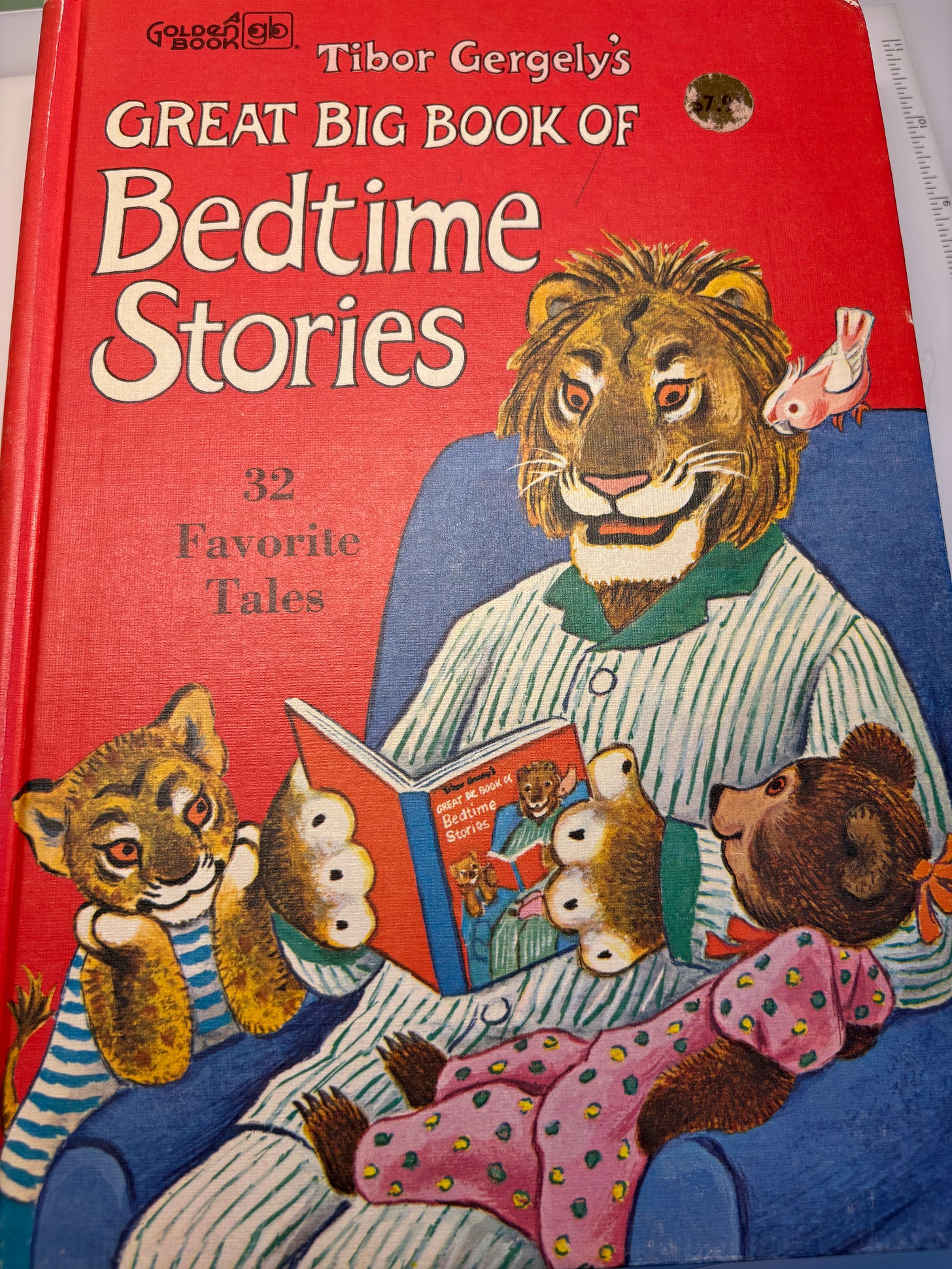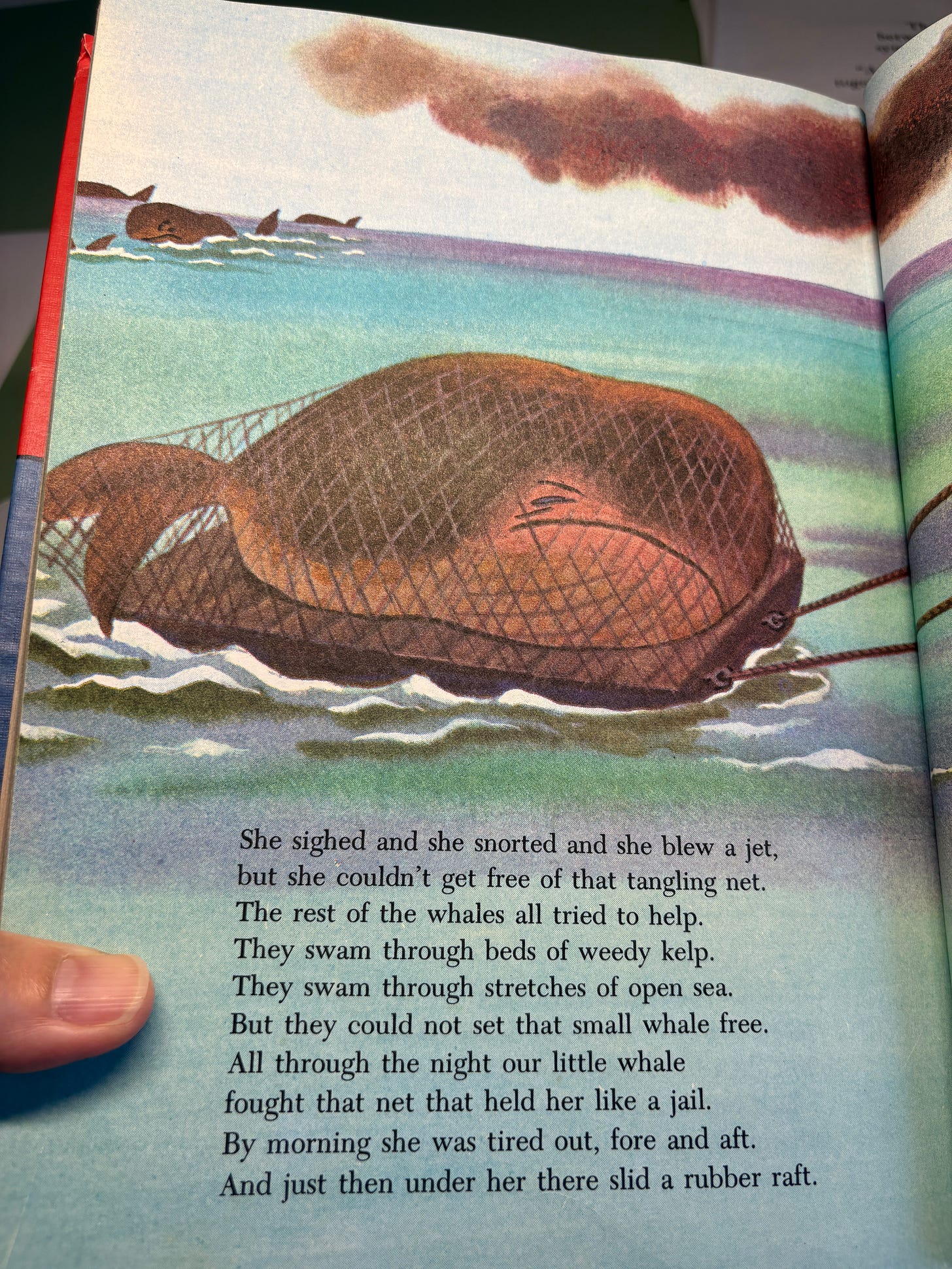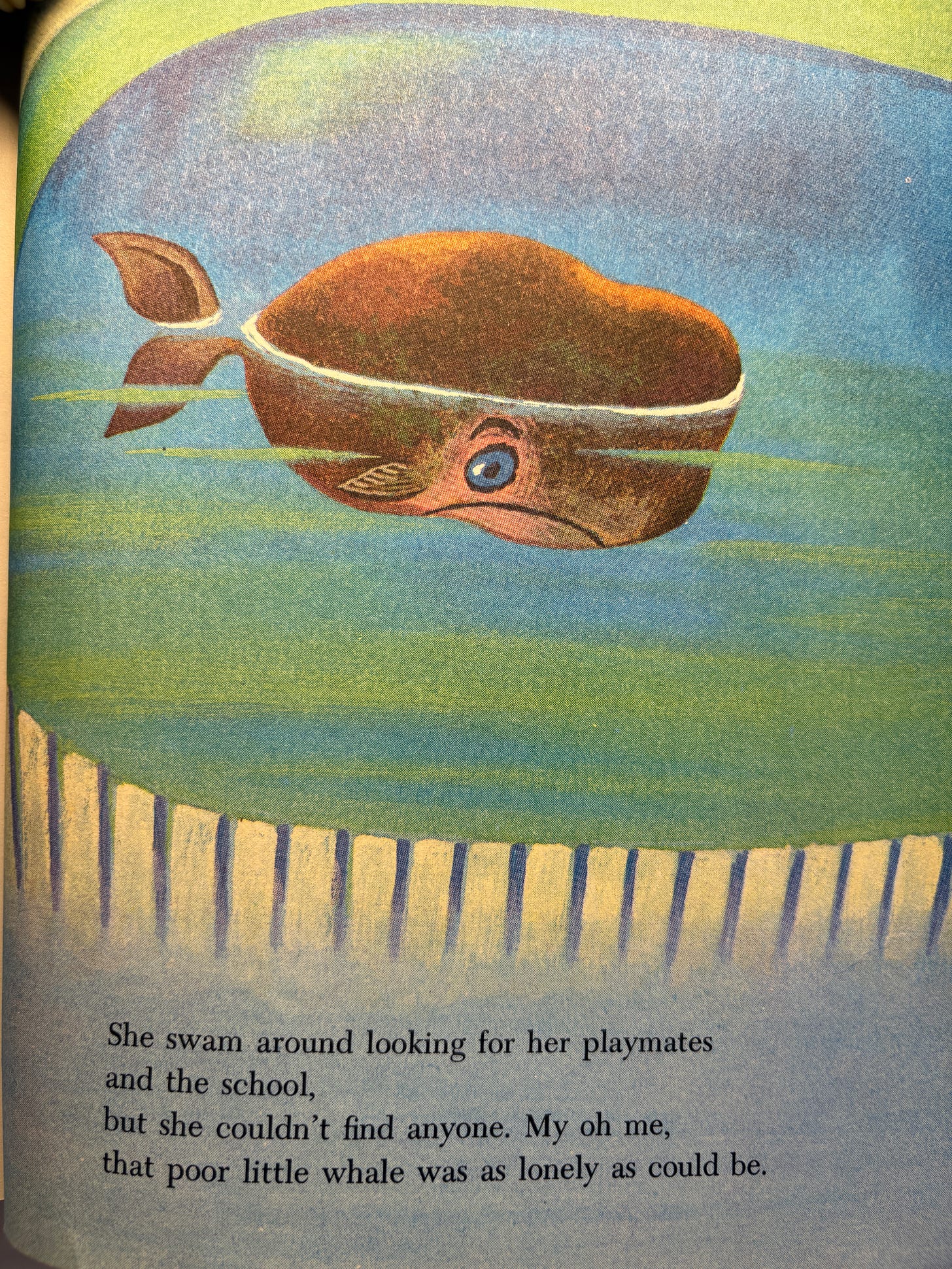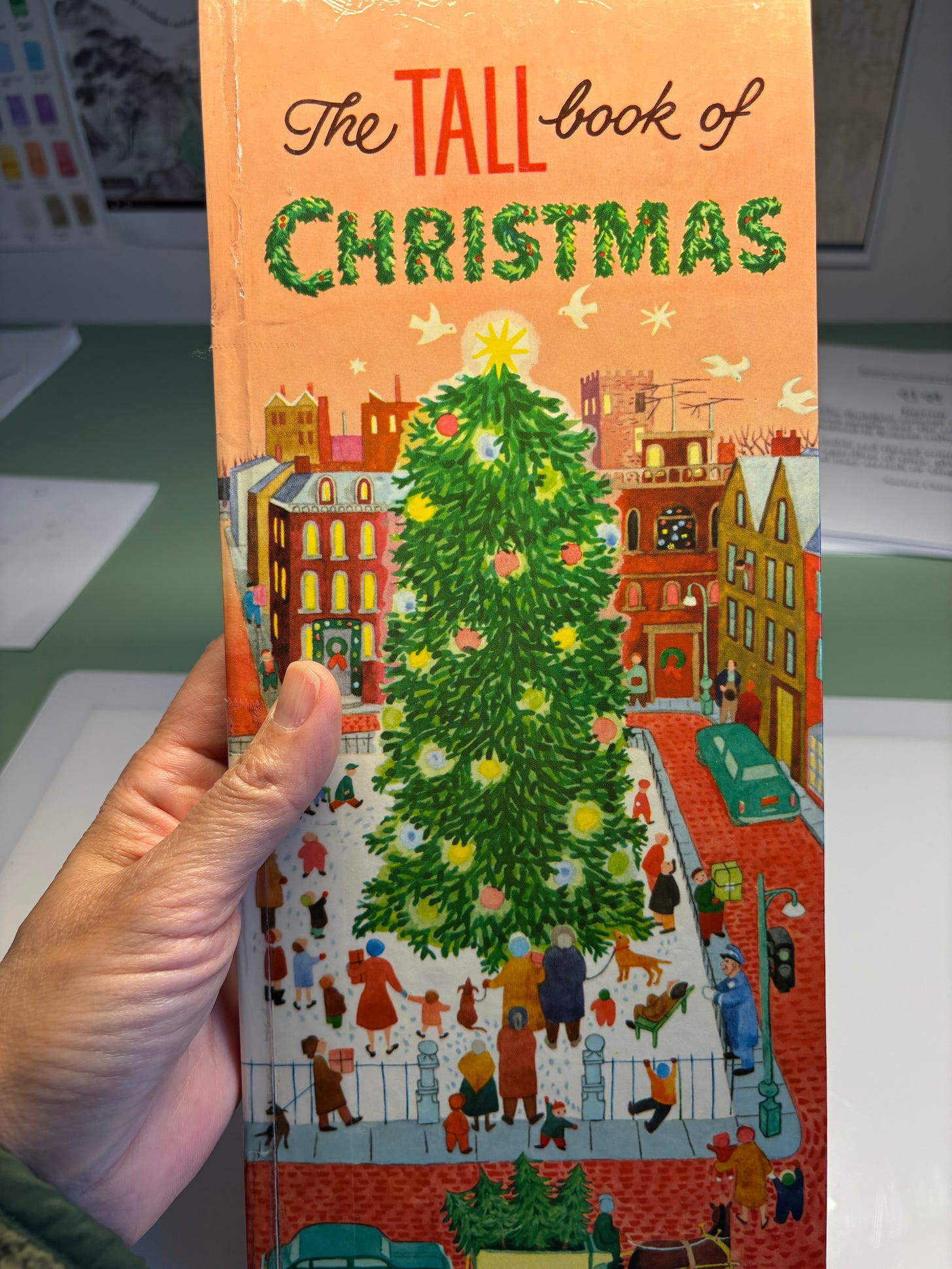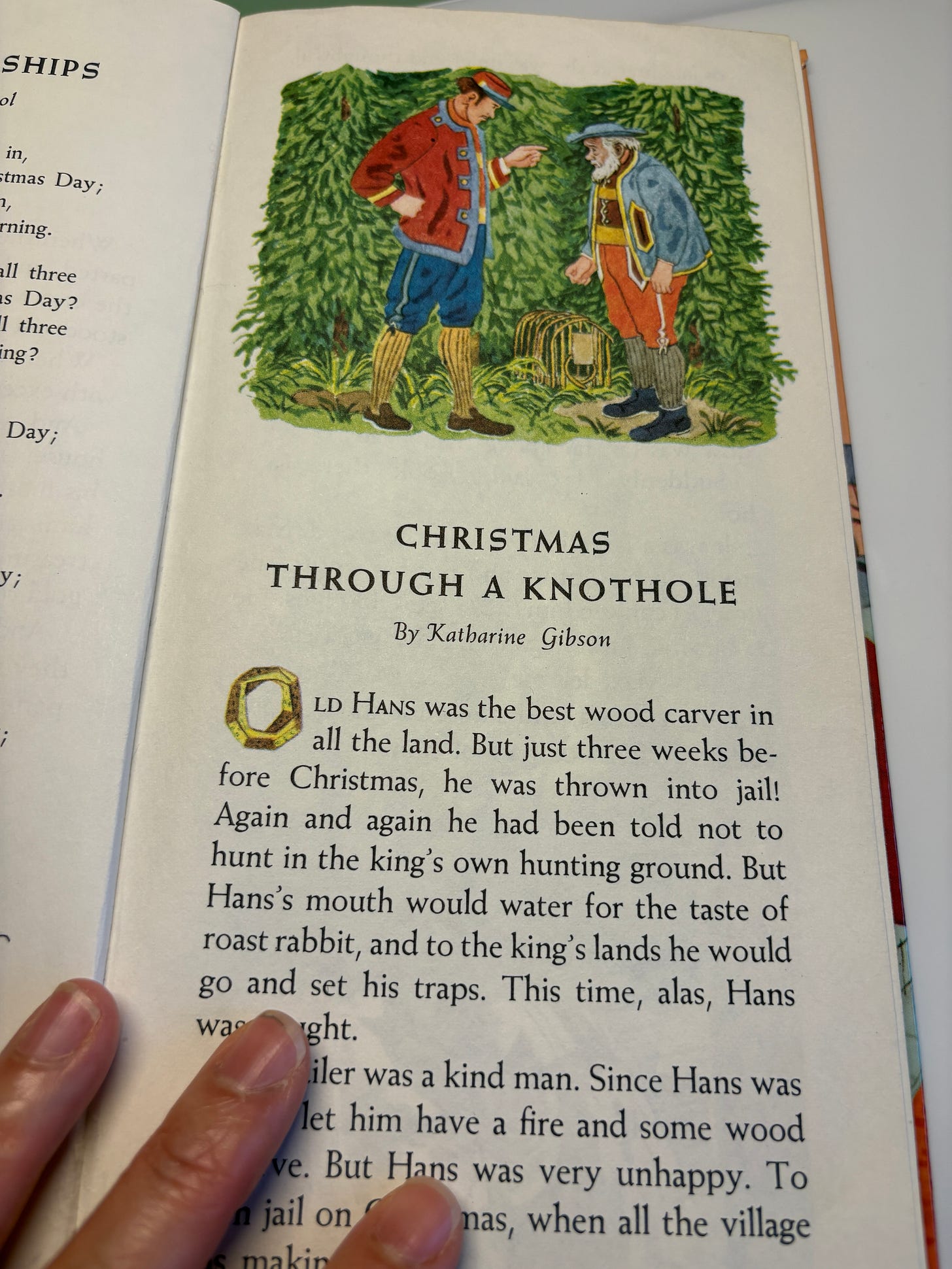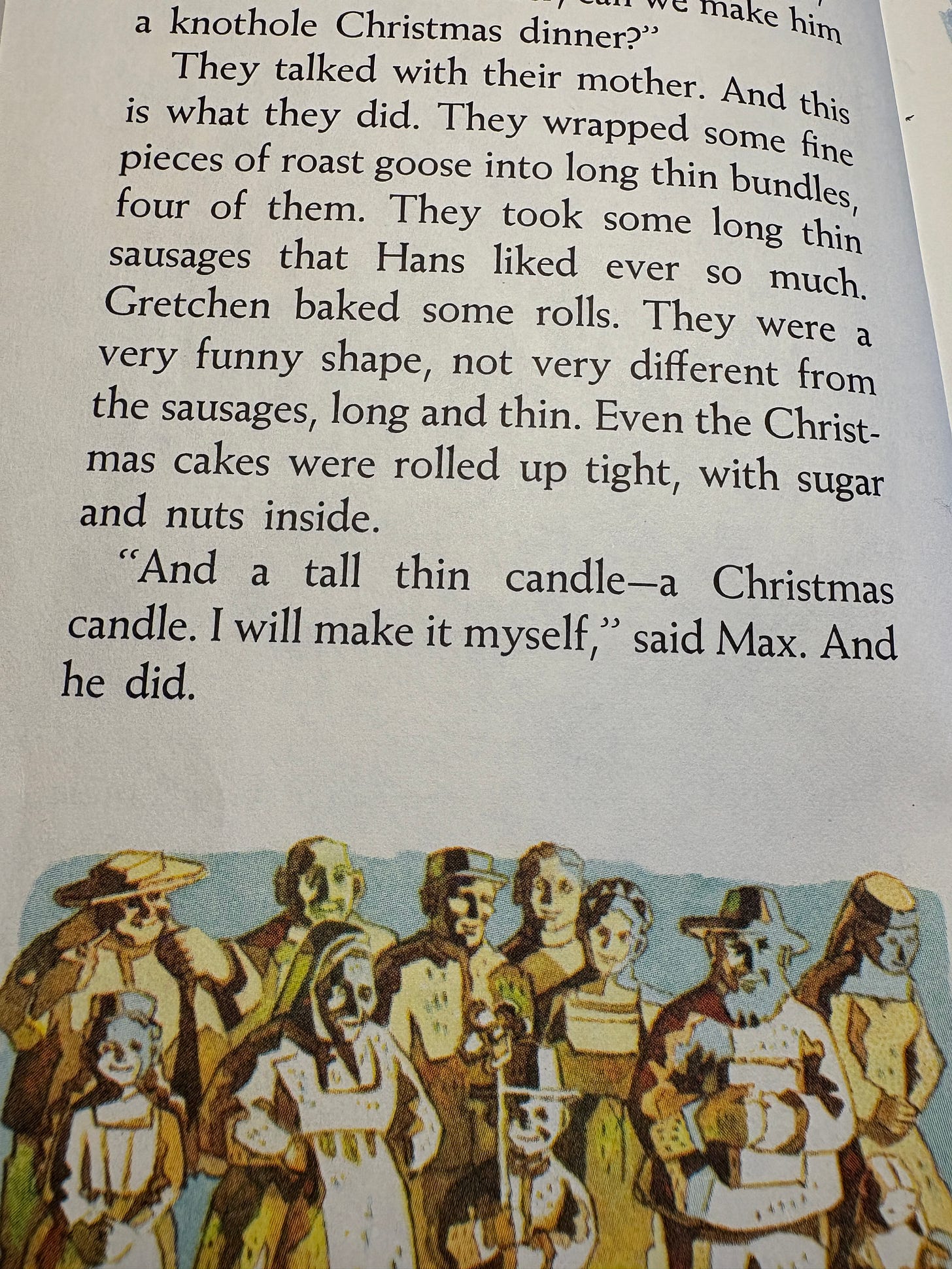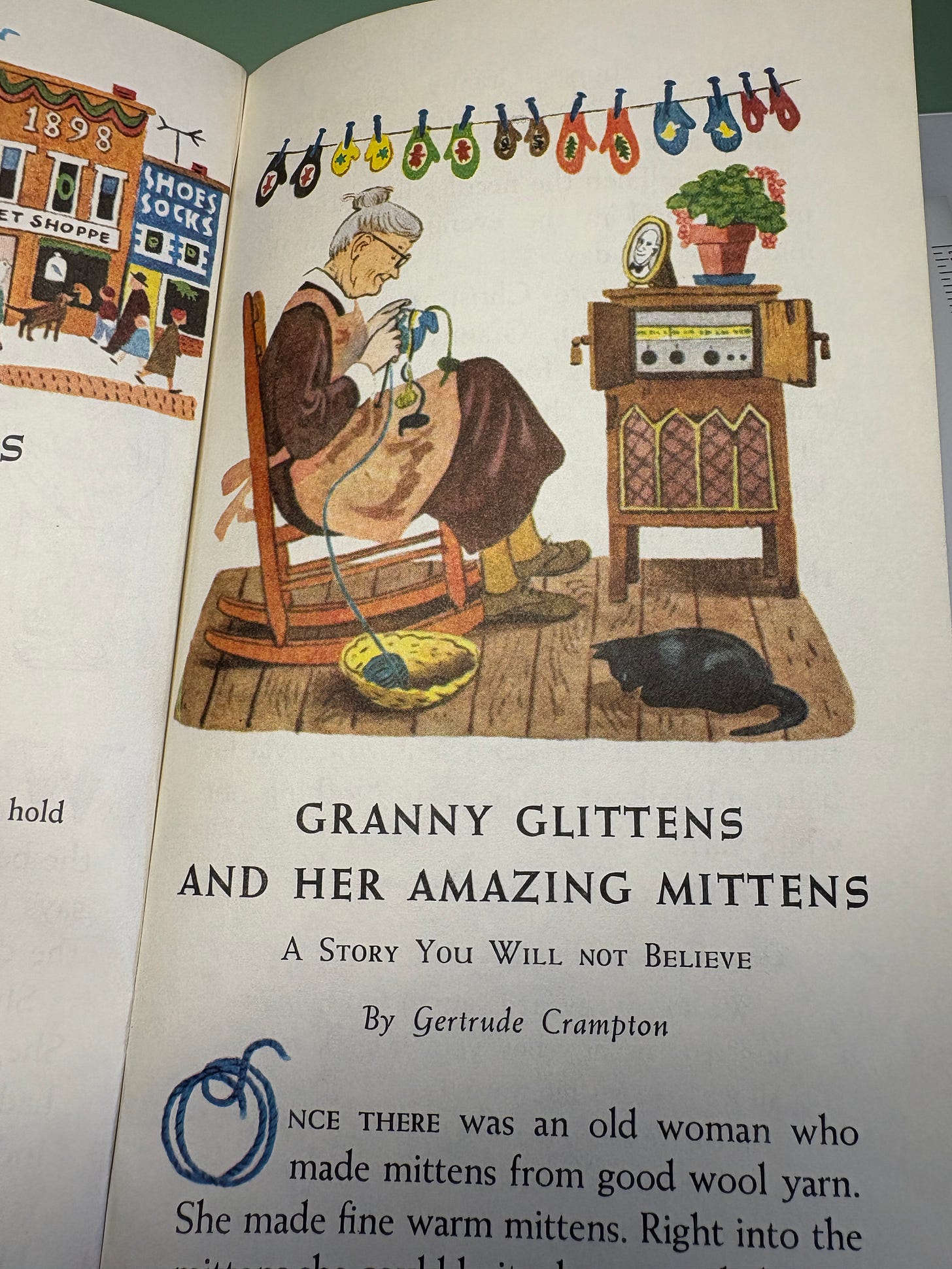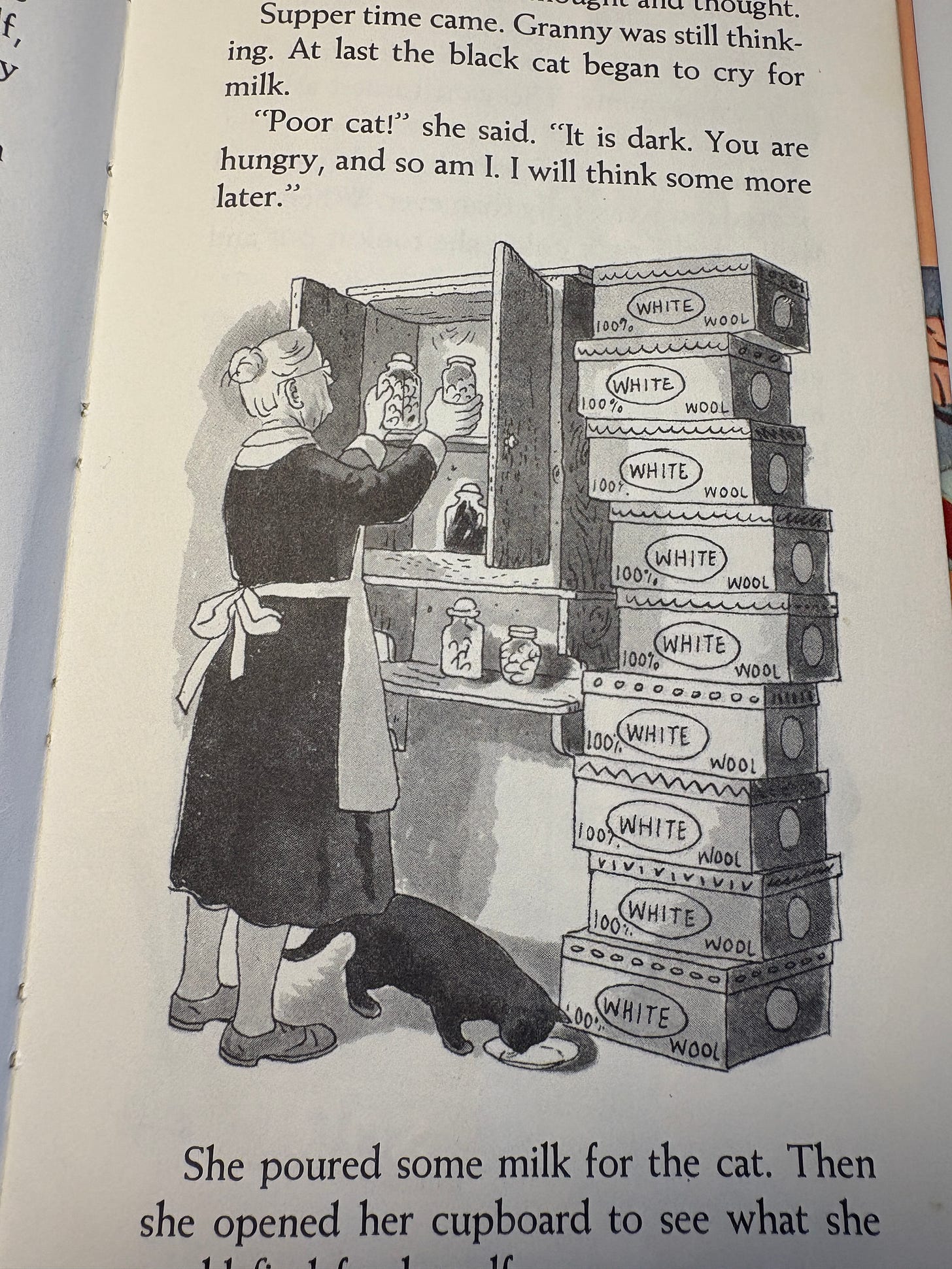THE CLEVER SEED, Autumn/Winter Edition 2025
Why Picture Books Matter: A Creative Reflection
THE CLEVER SEED is a newsletter exploring creativity and inspiration in everyday life, and what makes creative minds tick.
Welcome to the fourth edition of THE CLEVER SEED, a newsletter where I explore inspiration and creativity in everyday life. As a writer and illustrator of children’s books—and a former design researcher—I’m fascinated by why humans tell stories and what makes creative minds tick.
It is late Fall as I write this, and we are well on our way into December. This Fall I completed my third book, I AM HUMAN, with Little Brown Books for Young Readers which comes out Fall of 2026 (Stay tuned for news!) Never in my life have I painted so swiftly and assuredly– a hopeful sign that I am settling into my chosen path. After a whirlwind of production the past several months I am finally…. joyfully… making space to wind down.
As a creator working in these challenging times, I have of late been thinking a lot about the medium of picture books. In particular, why I create them, what they offer as a space of creativity, exploration, and experimentation. As someone who has descended from different design fields- architecture, interaction design, and film – I now find myself in a sweet spot of narrative exploration, visual form, and creative independence as both the author and illustrator of my own work.
My audience is both open-minded, fresh-faced (kids) and loving but world-weary (parents). Picture books, which are meant to be read by an adult and explored by a child, are one of the few mediums designed for the interaction between two (or maybe more) people.
Moonbow, by Taylor Sterling
In a world filled with frictionless digital media, picture books are tangible and intimate. I recently read Taylor Sterling’s excellent November Substack post titled, “What Even Is Children’s Literature Criticism & Why Is It Important?” and her reflection struck me as particularly interesting:
“For many children, these books are their first exposure to the visual,
literary, and collaborative arts, helping to shape them not only as
readers and creatives but as humans.”
Picture books are a chance to engage both sets of readers–children and adults– often for the first time–in feelings and dreams unexplored, in a magical space. For children reading picture books, anything is possible, and what could be better than imagining what could be? For adults, what could be more poignant than sharing this moment of discovery together, perhaps feeling one’s own heart opening after too many years of shuttering?
The Stories that Shaped Me: The Eyes of a Whale, a Feast through a Knothole, and the Taste of Peppermint Mittens
Tibor Gergeley’s GREAT BIG BOOK OF BEDTIME STORIES
I will never forget the times my father read to my sister and me growing up in the 1980s. We didn’t have the vast numbers of picture books we have today, but a few truly memorable stories stuck with me after all these years. I have honestly not looked back at these in any reflective way since then, but I encourage all of you to think about the stories you were read, and what they meant to you, and perhaps what they mean now. It is a bit mind-blowing how reading these again will take you back….
In Tibor Gergeley’s GREAT BIG BOOK OF BEDTIME STORIES, I used to spend hours of my childhood days pouring over detailed paintings of different scenes- animals, boats, forests, and people doing everyday things in everyday life, etc. Indeed this vast volume of 32 tales felt almost as big as the world to me. Even though I couldn’t yet read the text, there were stories in the images and I remembered every page as if it were a place where I inhabited- and a place where I could go in my imagination. But there was one particular story that my sister and I asked for all the time that my father would read to us nearly every night.
THE HAPPY LITTLE WHALE, by Kenneth Norris
“The Happy Little Whale,” by Kenneth Norris, is a tale of loss, captivity, and finding unexpected happiness that made a lasting impression on me. In Norris’ story, a baby whale lives happily in the ocean with his family until one fateful day he is caught in a fisherman’s net. His family tries to free him, but after failing to do so they sadly swim away, never to return.
The baby whale trapped in its net
I remember how I felt for the baby whale, wrapped up tightly in his net, his eye smushed beneath the net in discomfort. As my father would read, I could feel the cold blue water, and the steam rising from the boat to the sky.
The eye of the baby whale, that haunts me forever
Soon the whale is transported to a ‘Sea World’ like place where he is let go into a small, round swimming pool. I remember staring at the painting above, imagining what it was like to be in such a small pool after the deep, deep sea. What did the baby whale feel? Scared? Lonely? The calm green brushstrokes of water engulfed him as I stared at his dark, shining blue eye.
The story ends with the baby whale in a strange new world where he must perform tricks in exchange for silvery fish to eat. He meets a companion and despite the fact that he never sees his family again, he is (presumably) at peace. Looking back, I realized I loved this story because it created a place I could return to: rich in feeling, sensorily vivid and real.
THE TALL BOOK OF CHRISTMAS, cover
THE TALL BOOK OF CHRISTMAS, an anthology of many different tales with its unusually tall trim size was one of my favorite reads during the holidays. Inside were two stories that stuck.
The opening of CHRISTMAS THROUGH A KNOTHOLE
The first story was “Christmas through a Knothole,” by Katharine Gibson. In this tale, an old wood carver named Hans hunts in the king’s land and gets thrown into jail just weeks before Christmas. But this is a town where everyone knows everyone, and everyone knows that Hans is a kind old man. Without him, no one will be carving wooden toys for the holidays as he customarily does, and no one is sadder than Hans’ friends, two children named Max and Gretchen.
The wooden figurines of the townspeople, carved by Hans
Saddened that Hans will be missing Christmas, they cook up a plan to make Hans a full Christmas feast long and thin enough to fit through the knothole in his jail cell. As a child, the idea of this filled me with delight! The story appealed strongly to my tastebuds as it described the delicious roast goose, sausages, and warm dinner rolls sent through the knothole. I imagined the cake that Max and Gretchen rolled up thin, packed with sugar and nuts and my mouth watered.
Even more wonderful, the children receive small, handcarved wooden figurines of the entire town– including themselves– handcarved by Hans in return. “Christmas through a Knothole” is a story about creative adaptation. What could be more inspiring than a glorious experience made possible despite a situation that feels impossible?
Granny Glittens, making mittens in her humble home
The last story I’d like to share is another from the TALL anthology, called “Granny Glittens and Her Amazing Mittens” by Gertrude Crampton, a delightfully strange story about a scarcity and invention. In the story, Granny Glittens makes mittens every year to sell, and she makes them well. With the money she makes from selling colorful mittens, she is able to pay for the coal to light her stove, and for the milk to feed her cat (and presumably for food to feed herself.) But one year, a mistake by the yarn store sends her only white yarn, and she is stuck in a difficult predicament on a tight deadline for her holiday orders.
All that white yarn!
Instead of giving up, Granny Glittens explores her cupboards and finds jars of items in the colors she needs- red peppermints, green wintergreen, brown chocolate, black licorice, and yellow lemon drops. Then with an adventurous beat, she asks herself whether she could possibly use these candy to create the colorful yarn she needs for her mittens. “Well, the only way to find out is to find out,” she says, as she begins to experiment dying the white yarn.
Making colors for her mittens
After staying up all night color her white yarn, Granny Glittens sits back exhausted in her rocking chair. So hungry she forgot to eat, she playfully takes a bite of a small piece of red yarn to show her cat how hungry she is, and it’s delicious!
As a child it never truly crossed my mind that the mittens were inedible. Of course it was possible for the bubbling sweet candy stews to transform ordinary mittens into something a fuzzy, warm, edible treat. As Granny Glittens’ happy customers first wore then ate her mittens, Granny Glittens saves herself from certain poverty through invention and experimentation.
As a children’s book creator, nothing is more rewarding to me than playing in the liminal space between reality and what’s possible. After all, there is no freer place to be than in one’s imagination, should you set it free.
Please post your favorite book childhood below in the comments, and if you like, what it meant to you. It would be lovely to see and share.
Thank you for joining, until next time,
Laura G. Lee
website:
http://www.lauragleestudio.com
IG: @lauragleestudio



